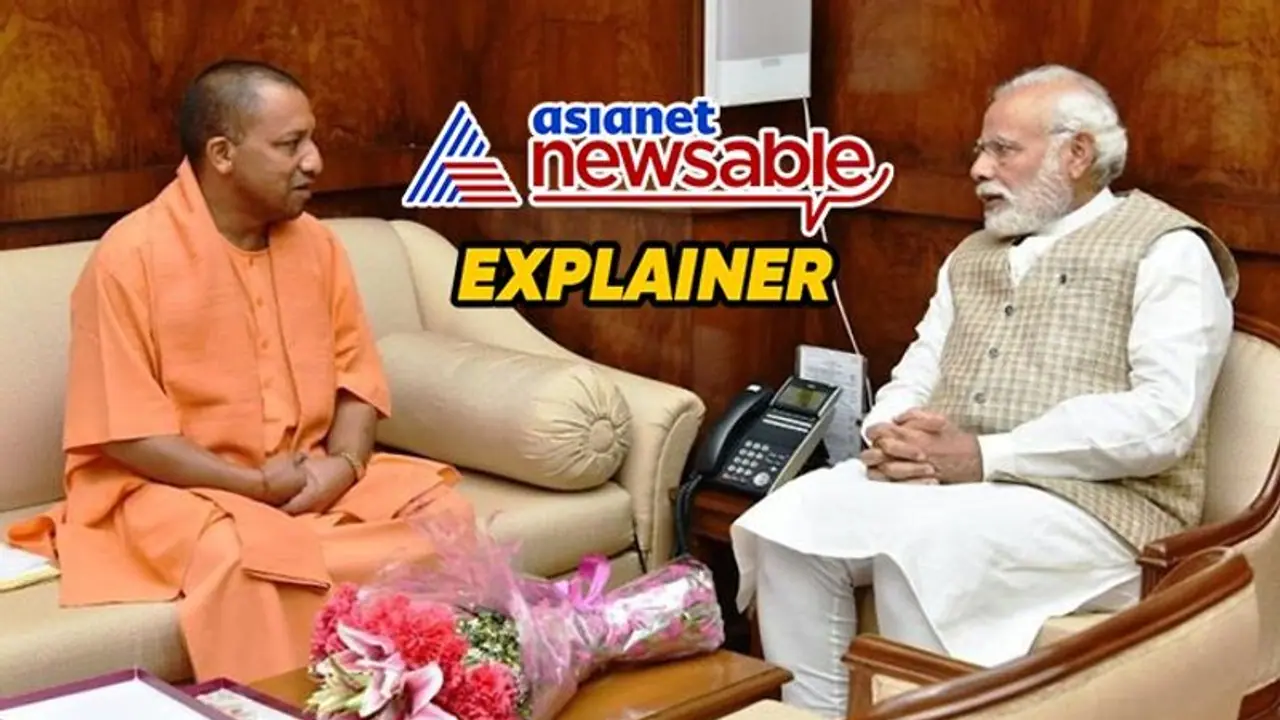In a surprising turn of events in the recently concluded Lok Sabha elections 2024, the BJP witnessed a notable setback in its seat tally despite a marginal decrease in its national vote share.
In the aftermath of the Lok Sabha elections 2024 in India, the nation witnessed a seismic shift in its political landscape as minor alterations in vote shares translated into significant changes in seat tallies for key political players. The Bharatiya Janata Party (BJP), despite experiencing a marginal decrease in its national vote share from 37.3% in 2019 to 36.6% in 2024, suffered a substantial blow to its seat tally, plummeting from 303 to 240 seats.

Conversely, the Indian National Congress managed to nearly double its seat tally, soaring from 52 to 99 seats, despite only a slight increase in its national vote share from 19.5% to 21.2%.
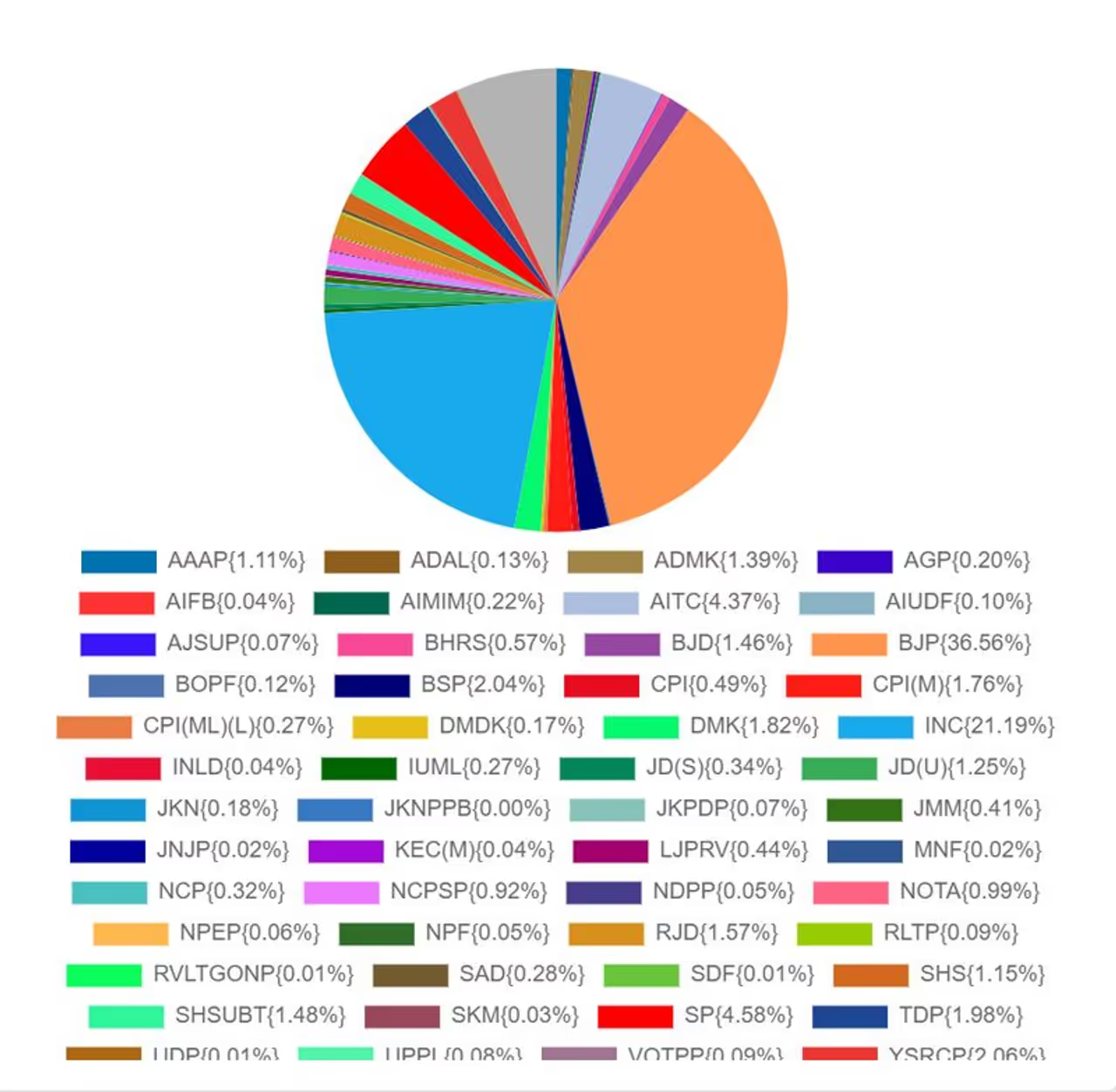
The discrepancy between vote share and seat allocation can be attributed to the intricate dynamics of state-level politics. In several states, the BJP experienced a surge in vote share, but due to the electoral arithmetic, this did not translate into additional seats.
For instance, in Tamil Nadu, despite a significant rise in vote share from 3.6% to 11.2%, the BJP failed to secure any seats. A similar scenario unfolded in Punjab, where an increase from 9.6% to 18.6% was insufficient to secure seats without a strategic alliance.
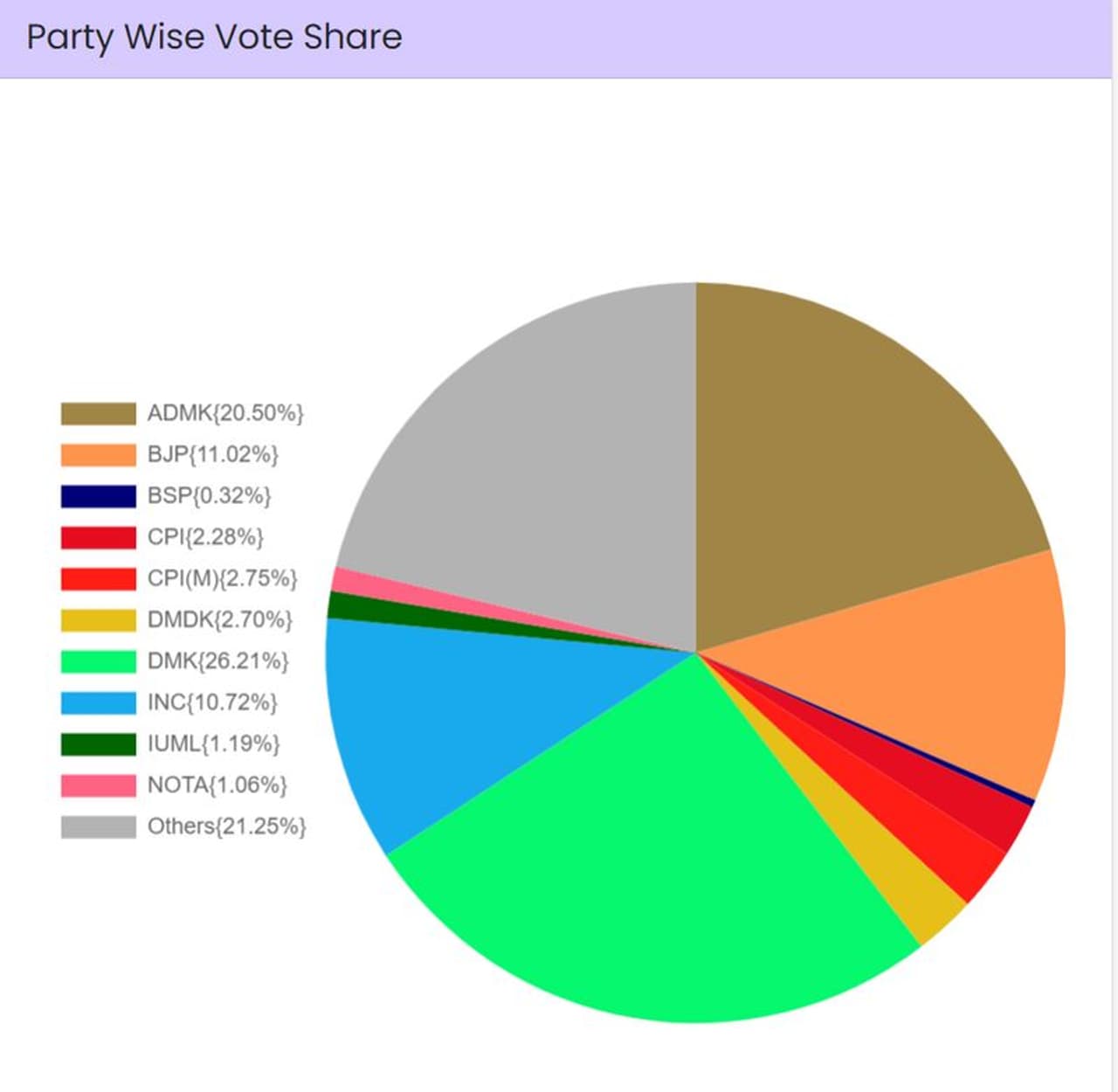
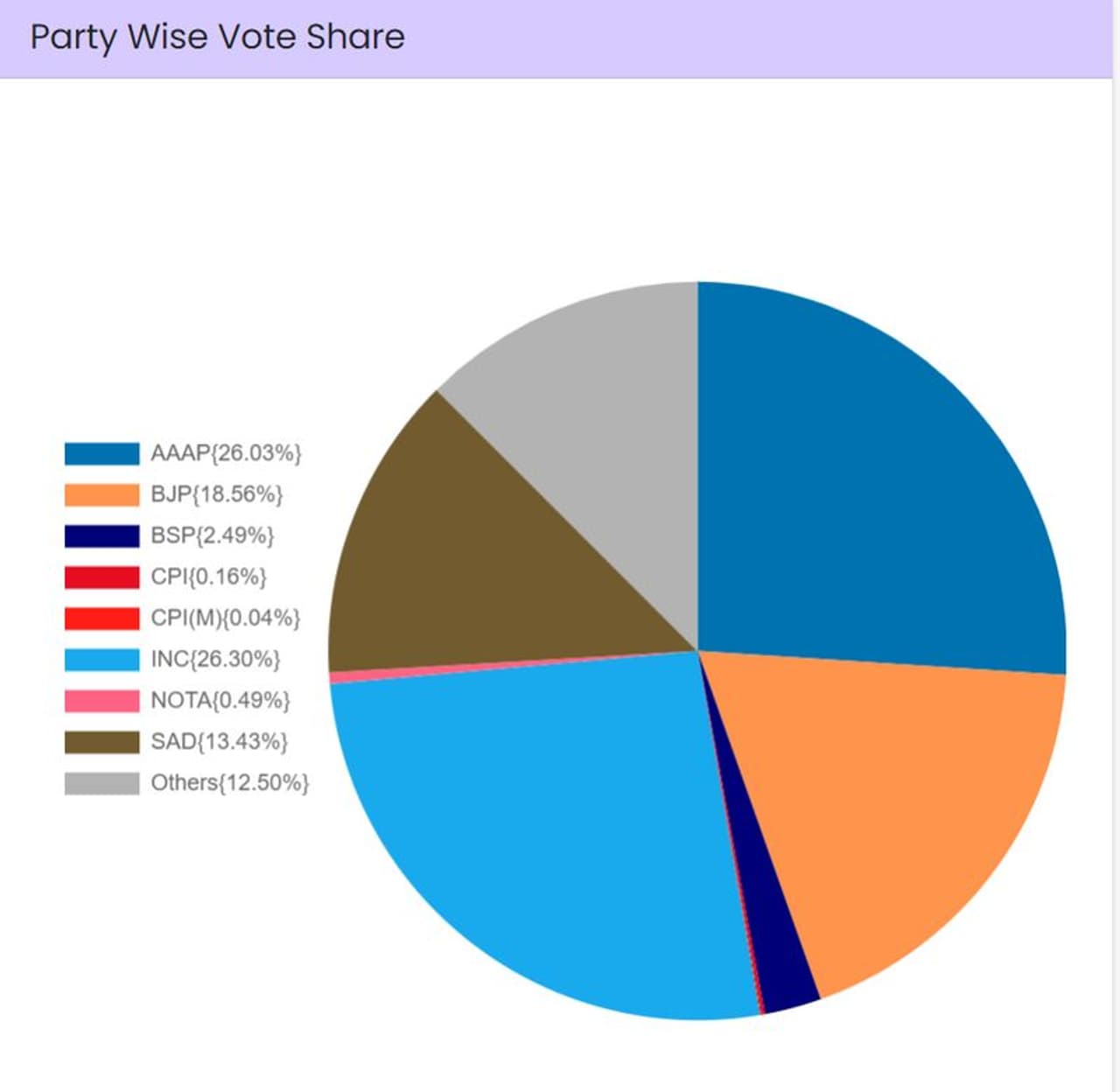
Conversely, minor decreases in vote share in competitive states resulted in substantial seat losses for the BJP. In Bihar, a drop from 23.6% to 20.5% cost the party five seats, while a marginal decrease in West Bengal led to a loss of six seats. Maharashtra witnessed a significant impact, with the BJP's slight decline from 27.6% to 26.2% resulting in a halving of its seat tally from 23 to 10.

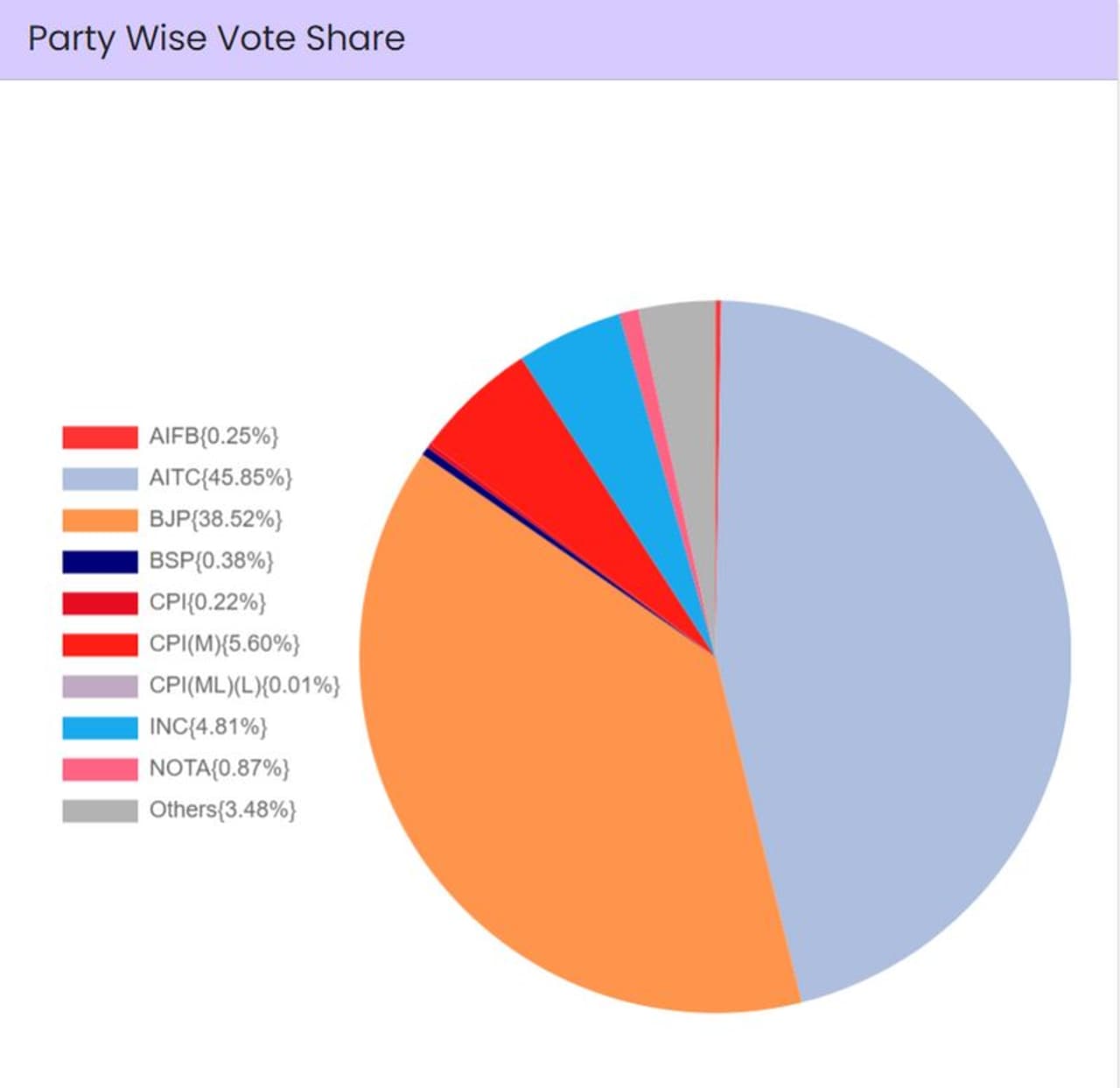

The Indian National Congress mirrored this trend, with minor increases in vote share translating into significant seat gains. In Maharashtra, a rise from 16.3% to 17.1% saw the party's seat tally jump from one to 13. Rajasthan witnessed a similar phenomenon, as an uptick from 34.2% to 37.9% resulted in eight seats. Additionally, in Uttar Pradesh (UP), a modest rise from 6.3% to 9.5% saw the Congress secure six seats, marking a substantial improvement from its previous performance.

The Samajwadi Party (SP) emerged as a significant player, achieving its highest-ever tally of 37 seats in the Lok Sabha. The party's remarkable surge in vote share from 18% to 33.5%, combined with Congress' 9.5%, posed a formidable challenge to the ruling National Democratic Alliance (NDA) in UP. The unexpected closing of the gap between the SP-led coalition and the NDA reshaped the political landscape, signaling a shift in the traditional power dynamics of the state.
Overall, the 2024 Lok Sabha elections underscored the nuanced interplay between vote share and seat allocation, highlighting the importance of state-level strategies in determining electoral outcomes. As parties recalibrate their political strategies in light of these results, the stage is set for renewed dynamics and alliances in India's ever-evolving political landscape.
